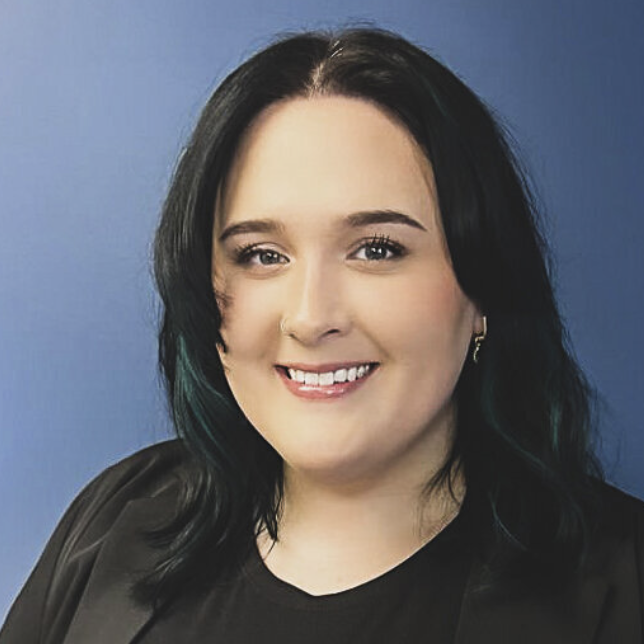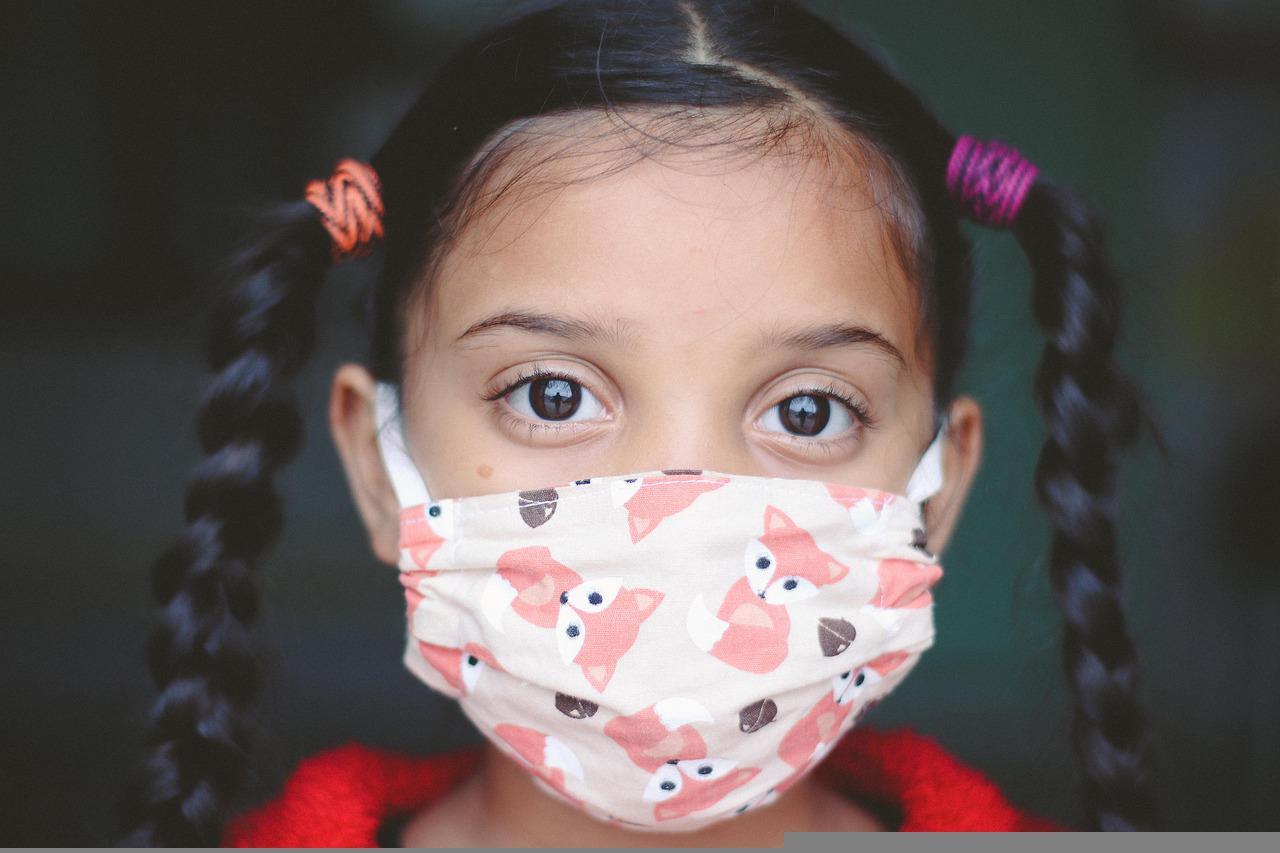
Written by: Tara Gray, M.A., CCC-SLP
Speech-Language Pathologist
COVID-19 changed a lot of things in our world. One of those big changes was the introduction of masks into our daily lives. But with these new facial “accessories” came some unanswered questions, especially when it comes to speech and language.
#1: Mask-wearing ruins the speech and language development of children.
MYTH.
There is no evidence to support this claim. Many cultures around the world have worn masks prior to the COVID-19 pandemic without any known impact of speech and language of children. However, the COVID-19 pandemic itself has created some social-isolation and daily life changes that may impact language development. First, at the start of the pandemic, children were primarily kept at home. They were no longer going to the store with parents, no longer going on drives, no longer spending time around other people in the community. These are all great opportunities for language development: parents talking to children about what they see at the store, discussing the things they drive by, and children being exposed to all the language that happens daily in their community with adults and other children. On top of all this, many daycares were closed down and, although parents were working from home, they were expected to be working during the day and often did not have availability to consistently play, interact with, and stimulate their child’s language. Given how long COVID has lingered, we have noted many toddler’s with language delays that appear to have been impacted by the pandemic. If you have concerns about your child’s current language development, please contact us at Small Talk. We would be happy to evaluate your child to help you have a better understanding of their overall development and what you can do to help them catch up to their peers.
#2: COVID masks make social communication impossible.
MYTH.
Not exactly. Masks make social communication different, but not impossible. The difference is especially noticeable when it comes to facial expressions, since masks cover a large portion of your face. You may have noticed, when walking around a grocery store full of masked faces, it can be difficult to differentiate between who is feeling friendly that day and who is not. So, when communicating to other people (especially kids) and wearing a mask, it can be helpful to exaggerate some facial expressions or use other non-verbal social communications to help express your message. Changing your volume, tone, eye-contact, or body language can all clarify the meaning of your message while still wearing a mask.
Mask wearing, however, does pose a challenge for another community: the deaf and hard-of-hearing community or anyone who communicates using American Sign Language (ASL). Facial expressions are a key aspect of ASL and most masks block too much of your face to see those expressions. In this instance, clear masks or plastic shields have been used with success. We have also used plastic shields here at Small Talk during speech sessions when COVID cases were higher in our area. It has been an excellent tool so kids can see our faces while keeping everyone safe.
